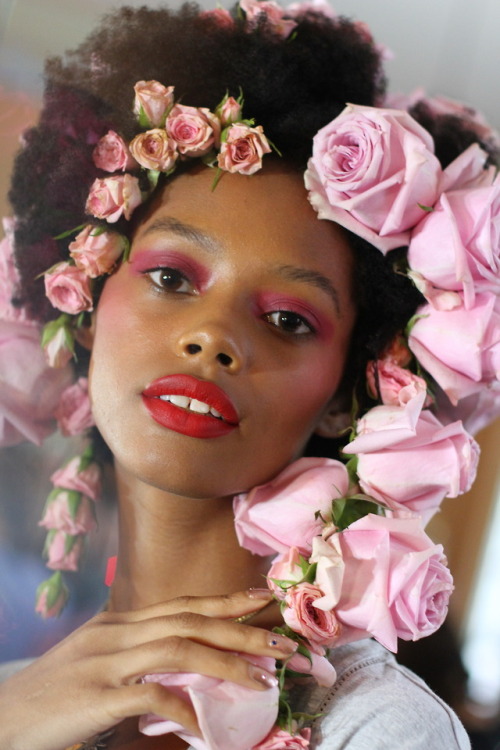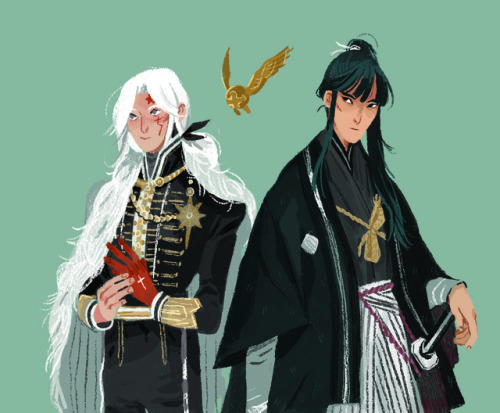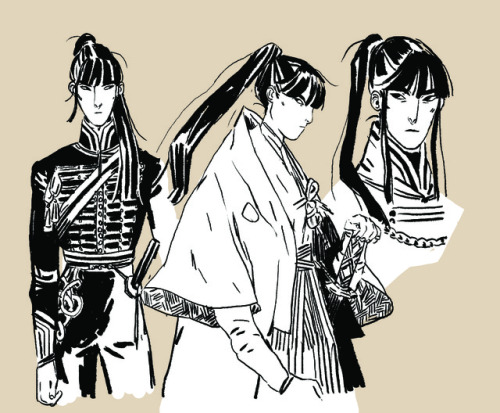Yo This Is Pretty Interesting! My Idea As A Non Physisist: I Suppose Physicists May Be Trying To Apply
Yo this is pretty interesting! My idea as a non physisist: I suppose physicists may be trying to apply some sort of grand theory of which they might have a baseline for how everything works under various conditions, I think maybe they are trying to figure out what can work under all conditions and if old laws can be applied in the same way? "Nothing works the way it's supposed to under those conditions" - but isn't it that to some degree it does work, just in a sorta fragmented way? If it is true that all known laws of physics don't work in such exteme environments , then physicists don't have any other laws to apply. Ok all my nonsense here is me guessing that they are trying to determine how stuff works, based on how stuff works elsewhere. Then determining to which degree the workings are changed. And I think this is based on the presumption that there is some sort of "law" that can be applied to all matter. As in, if matter is made of atoms, and the matter still exists in another environment, the matter itself can be used to understand the environment because we know what matter is. GOOD LUCK WITH THE SCIENCE!!!

Keep reading
More Posts from Moola-of-hula and Others
Drawing reference
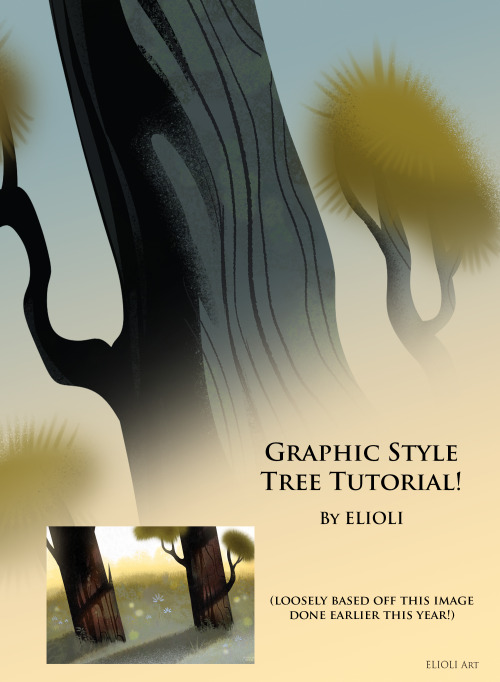
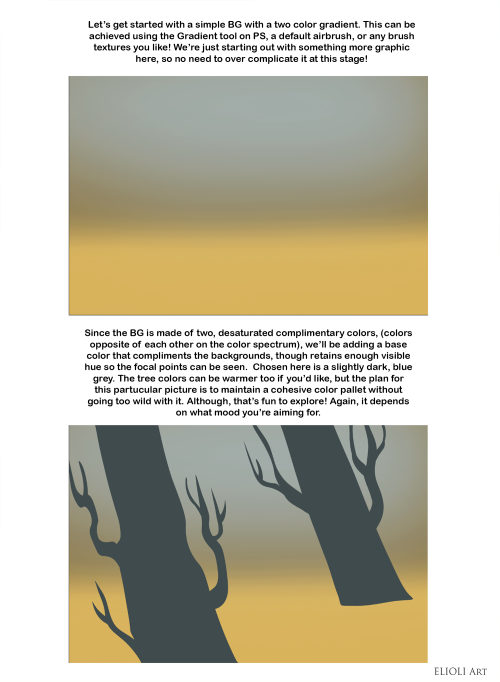
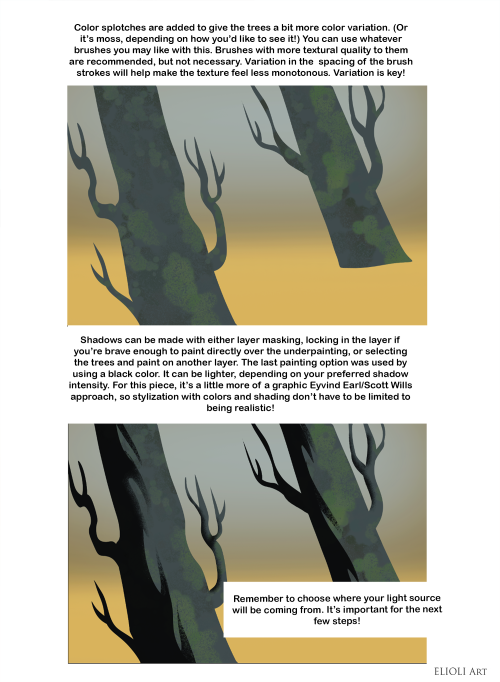
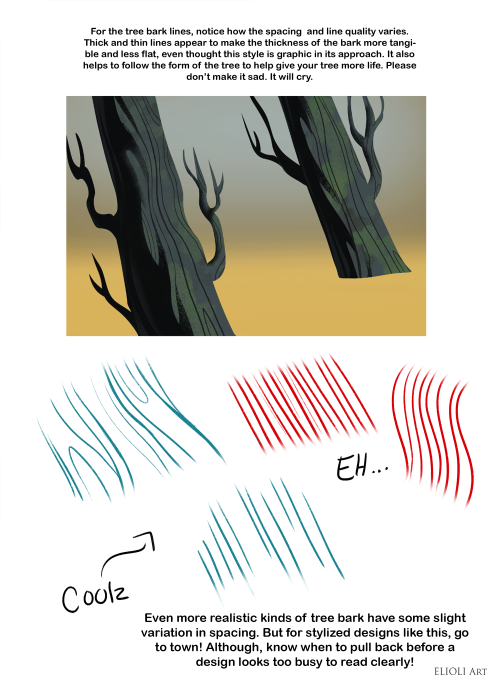
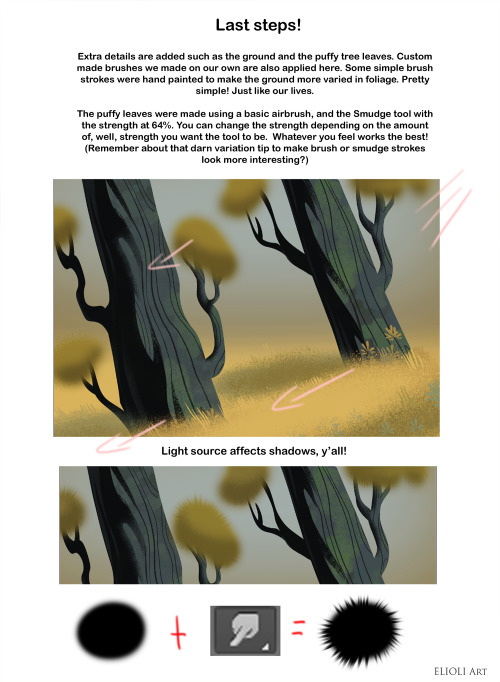
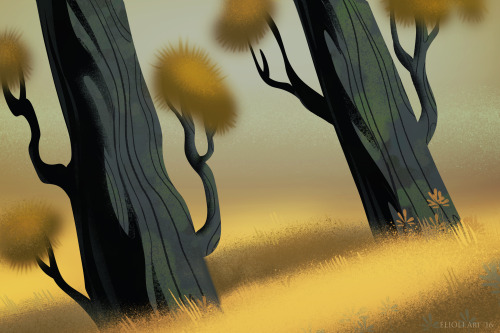
Remember, there’s not one way to draw things! You don’t have to draw it exactly like this , but you can apply certain things from this. This is just a little process we hope that might be useful to others out there! More to come, y’all!
Edit: Something else to keep in mind ! It’s something we see from other artists who put tutorials online and the result after they post it - When coming across a tutorial , taking the technique or the simplification of a process and carrying that over to your own way of drawing things is a lot more beneficial than copying the exact composition/subject matter/color pallet . If it’s for practice , that’s fine! But don’t let a tutorial direct ( or discourage) you in a way that isn’t your own unique way of drawing . If you’re in search of finding a style of your own , then finding helpful tutorials is a great way to expand your knowledge of techniques rather than doing exact copies of the actual art itself. :) And just to add , we’re big fans of Evyind Earle! His technique of graphic simplification is something we’re learning ourselves as we try to apply the photoshop layers in a similar , simpler fashion. He’s a good artist to learn from , so hopefully this tutorial was helpful in deconstructing admirable aspects of some awesome work from different artists we enjoy! And if you did this tutorial , please let us know. We’d love to see what you did !
have you ever watched your peers win the scholarships you've also applied to (and get rejected in) and feel just... really worthless? especially if you put in a lot of effort. Sometimes it's discouraging to think there's always someone out there that's much smarter than you. You don't have to reply, I just felt like venting haha.
Good evening, anonymous! Thanks for the ask!
I’ve been in similar situations many times, and it’s Not A Great Feeling. Although you asked about scholarship applications, I hope you don’t mind if I talk about application rejections more generally.
First off, some of my more recent rejection experiences include…
During my first wave of graduate school applications, I was rejected unanimously. It was extremely discouraging. (Contrast this with my second wave of graduate school applications a year later, wherein I was unanimously accepted and received several amazing financial offers.)
Because my subfield is financially-limited, there’s a lot of people applying for a very finite pool of money. Of course, my research group needs funding if it’s going to keep doing science, meaning rejection is an expected part of the process.
I’ve been rejected many times over by certain research-relevant summer schools that my colleagues have attended.
And so, with these experiences in mind, I’d like to provide some…
~Advice For When Your Application Gets Rejected~
Rejection in general can be extremely painful, disappointing, and discouraging. Then add the pressure of that rejection impacting your future? Cue heartbreak.
Here are several facts that help me maintain my spirits through repeated rejections. For instance, when it comes to the persons who evaluate applications, I keep in mind that…
They survey a TON of people. As a result, they end up with a larger number of qualified applicants than they have available spots. Being rejected doesn’t mean you weren’t qualified. I know plenty of hyper-qualified individuals who get rejected simply because of the luck of the draw.
They observe only a FRACTION of you. Applications are necessarily finite, so reviewers don’t get to evaluate the whole of you. Rejection of your application is not a rejection of you. You are so so SO much more than an application.
Furthermore,
An application rejected by certain reviewers might be accepted by others, and vice-versa. Consequently, if you get a rejection and someone else gets an acceptance that does NOT mean they’re better than you. An application can’t enable judgments of that complexity.
You are growing and changing every day: the pieces of you that go into an application can be improved upon or reworked for future applications. Rejection can inform you what areas you might try to focus on in the future.
Finally, my most IMPORTANT piece of advice is to keep in mind that…
~even the strongest applicant will receive rejections~
There’s an element of luck whenever you apply for anything. That’s the nature of these systems and it’s not your fault.
Remember:
Success isn’t a matter of always succeeding, but persevering until you do.
Best wishes, my anonymous friend.


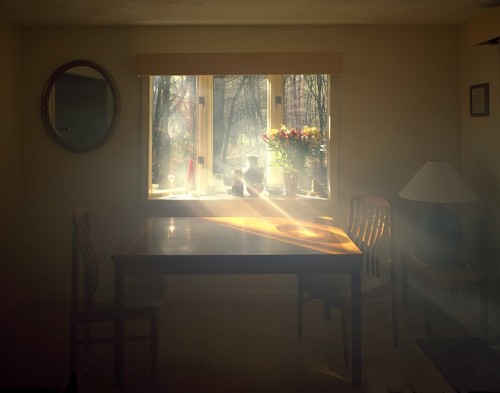
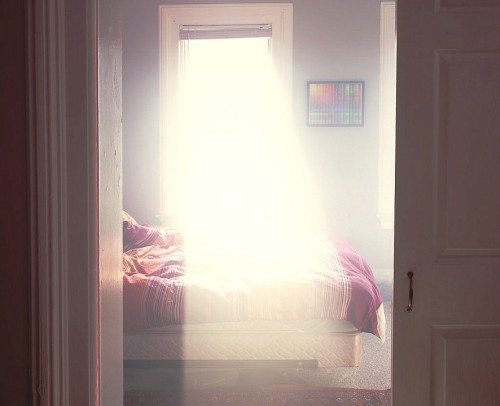
a lovely octopus, graceful, and strong.
women should not be drafted into the US military
nobody should be drafted into the US military
nobody should be forced to participate in imperialist violence.

Fish, ca. 1390-1336 B.C.E., Brooklyn Museum: Egyptian, Classical, Ancient Near Eastern Art
Painted pottery fish, interior hollow and fitted with six unpainted pottery pellets. Face area, tail, dorsal and anus fins and underbody painted light blue. Scales painted with black outline on tan background, in part colored blue and red. Eyes, mouth and gills incised. Anus in raised relief. Possibly a rattle but more probably a food offering intended to furnish supply of fish to deceased. Condition: Minor chips on tail and fins. Tail assembled from two pieces. Pellets probably represent eggs. Size: 2 9/16 x 4 7/16 x 1 ¼ in. (6.5 x 11.2 x 3.2 cm) Medium: Clay, pigment
https://www.brooklynmuseum.org/opencollection/objects/3520

Dusan Djukaric
Wow! That's some intense stuff going on, sending good wishes your way! It's totally fine that you are taking a break (not like you need my validation or anything like that) it's nice that you gave us readers a heads up - loving the story BTW! Also, HAPPY MOTHER'S DAY! Your mum sounds cool ☆

Keep reading
-
 lleapingllizards liked this · 7 years ago
lleapingllizards liked this · 7 years ago -
 captain-oblivious reblogged this · 7 years ago
captain-oblivious reblogged this · 7 years ago -
 moola-of-hula liked this · 7 years ago
moola-of-hula liked this · 7 years ago -
 pinklordgalileox reblogged this · 7 years ago
pinklordgalileox reblogged this · 7 years ago -
 rowdilya liked this · 7 years ago
rowdilya liked this · 7 years ago -
 ace-x-katsudon liked this · 7 years ago
ace-x-katsudon liked this · 7 years ago -
 mthrfckng-m1r4cl3s liked this · 7 years ago
mthrfckng-m1r4cl3s liked this · 7 years ago -
 leylin3 liked this · 7 years ago
leylin3 liked this · 7 years ago -
 petitfrenchie reblogged this · 7 years ago
petitfrenchie reblogged this · 7 years ago -
 petitfrenchie liked this · 7 years ago
petitfrenchie liked this · 7 years ago -
 arithmetic-mean reblogged this · 7 years ago
arithmetic-mean reblogged this · 7 years ago -
 arithmetic-mean liked this · 7 years ago
arithmetic-mean liked this · 7 years ago -
 f-eelingsmutual liked this · 7 years ago
f-eelingsmutual liked this · 7 years ago -
 um-good-mornin liked this · 7 years ago
um-good-mornin liked this · 7 years ago -
 5millioncatipilars reblogged this · 7 years ago
5millioncatipilars reblogged this · 7 years ago -
 5millioncatipilars liked this · 7 years ago
5millioncatipilars liked this · 7 years ago -
 urgoingtohell liked this · 7 years ago
urgoingtohell liked this · 7 years ago -
 kindhoney liked this · 7 years ago
kindhoney liked this · 7 years ago -
 silotia liked this · 7 years ago
silotia liked this · 7 years ago -
 lighttogekiss liked this · 7 years ago
lighttogekiss liked this · 7 years ago -
 captain-oblivious reblogged this · 7 years ago
captain-oblivious reblogged this · 7 years ago -
 dolugecat liked this · 7 years ago
dolugecat liked this · 7 years ago -
 deathshadowrules liked this · 7 years ago
deathshadowrules liked this · 7 years ago -
 moola-of-hula reblogged this · 7 years ago
moola-of-hula reblogged this · 7 years ago -
 laurenx47 liked this · 7 years ago
laurenx47 liked this · 7 years ago -
 impassionte reblogged this · 7 years ago
impassionte reblogged this · 7 years ago -
 messofthejess reblogged this · 7 years ago
messofthejess reblogged this · 7 years ago -
 moola-of-hula reblogged this · 7 years ago
moola-of-hula reblogged this · 7 years ago -
 moonchillss reblogged this · 7 years ago
moonchillss reblogged this · 7 years ago -
 petitfrenchie reblogged this · 7 years ago
petitfrenchie reblogged this · 7 years ago
